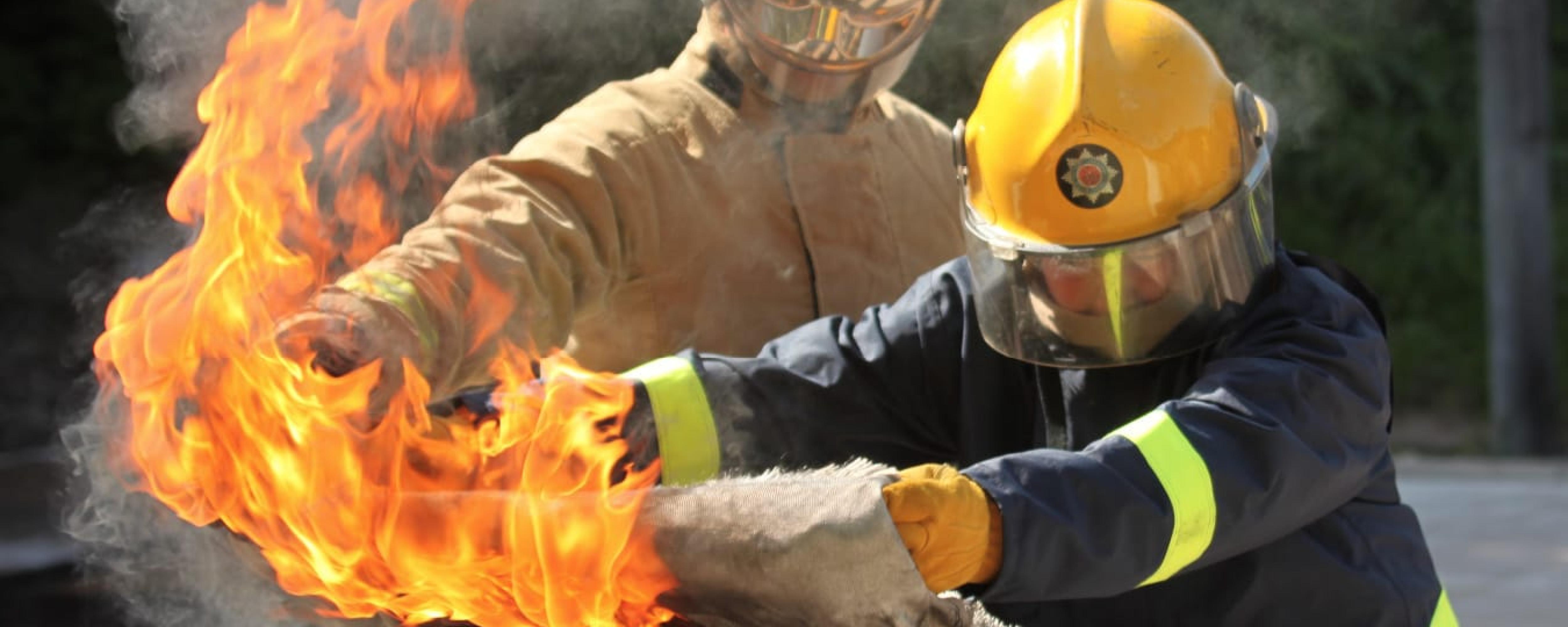We will work collaboratively with a wide range of stakeholders and partners so that collectively we can maximise our resources to identify those most at risk and thereafter plan, promote, support and deliver prevention activities effectively and efficiently. We will produce service wide and district intelligence profiles to ensure prevention activities are audience specific and targeted behaviourally, geographically, demographically, and thematically. Focussing resources in this manner enables evidence driven activity which relates to proven risk factors such as (but not limited to) drug and alcohol misuse, health inequalities, deprivation, smoking, and individual risk factors relating to underrepresented groups.
We will carefully maintain and nurture our culture and operating structures to celebrate the importance of organisational learning and refine our ability to capture feedback and intelligence from a range of sources. Thereafter we will evaluate this intelligence, share and act upon it to drive innovation, continuous improvement and future performance.
Wherever appropriate to do so we will adopt the NFCC principle of a person-centred approach that places individuals, and the communities in which they live, at the core of our prevention activities. We will seek to contribute to the continual improvement of prevention activities by taking guidance from and contributing to the NFCC network.
We recognise that we may not always have the capacity to engage directly with all at risk groups, or indeed be the best people or agency to undertake a particular form of engagement. Consequently, we will always carefully consider how best to engage, and who is best placed to work with defined risk groups, and where appropriate will seek to work with relevant partners to develop and provide prevention training and support materials for others to deliver e.g. sharing knowledge and empowering social media influencers to share safety messages within communities in a way that means more to them.
We will train our fire investigators in accordance with national standards as we recognise understanding the underlying causes of fire remains fundamental to our ability to shape future prevention activities. We recognise the importance of not only being able to differentiate between accidental and deliberate causes of fire but also to be able to call upon and refer to appropriate partners and experts so that accurate and timely learning is gathered and shared both locally and nationally. We will maintain and develop partnerships which will help us reduce risk e.g. with trading standards for potentially defective products. We will maintain and develop our close working relationship with Lancashire Constabulary to ensure deliberate fires result in crime detections and successful prosecutions and to enable police officers to make rapid referrals to us where use of fire as a weapon has been threatened.
Understanding the causes of other emergencies (such as accidental drownings and road traffic collisions) is also vital to ensure we can deploy our ‘brand’ and finite resources to best effect. Rather than duplicate the work of other agencies and third sector organisations who already work in a particular space or have statutory duties, we will seek to use and share data and business intelligence to drive evidence-based decision making on the role we can play.
Although our focus remains making Lancashire safer from fires and other emergencies, we recognise the natural link between successfully achieving our objectives and the resultant cashable benefits to health and social care in terms of less people entering those services with acute and critical needs after a fire or road traffic collision etc or more chronic needs which are addressed by elements of our Home Fire Safety Check (incorporating safe and well) such as social isolation and falls prevention.
In a similar manner we recognise the role our education and youth engagement activities play in contributing to social cohesion and reducing the incidence and impact of anti-social behaviour in our districts. To ensure our offer remains current, informed and targeted, we will continue to engage in national, regional, Lancashire, and district level meetings with stakeholders and partners where there are clear and mutually compatible objectives.
Recognising that such structures are continually evolving and differ significantly across the county based on health, social care, policing and district council footprints, we will evaluate the contribution we can make on a case-by-case basis. Where a compelling case exists, we will consider the benefits of co-location with other agencies. Irrespective of whether we are working alongside partners in a shared workspace, attending meetings together or simply generating contacts, a key area of focus for us will always be to generate high quality ‘preferred partners’ with whom we can work to train their staff and volunteers as fire safety advocates, who are then able to identify their service users who are living with elevated fire risk and make a referral for a HFSC. In turn we will also look to add to the suite of partners to whom we can refer recipients of our HFSC based on their person-centred needs.
We will continue to invest in appropriate face to face and on-line training for all staff who deliver our community safety activities. In considering broader staff development, we recognise that societal risk is never one dimensional and that what may constitute risk for one organisation may well have different impacts for another e.g. in a health sense fuel poverty and deprivation contribute to poor health outcomes and chronic illnesses, from a fire risk perspective the same determinant typically leads to unsafe forms of heating and serious fires with acute injuries. Recognising these interdependencies is a vital component of being able to work with partners to best overall effect. Consequently, we will support our staff to develop their skills and expertise in broader but nonetheless essential community safety activities such as awareness of adverse childhood experiences, identifying and raising safeguarding issues, preventing extremism, and being able to identify, and refer appropriately, potential signs of human trafficking and modern slavery etc.
The term ‘built environment’ is used to describe the structures society creates for homes and to accommodate retail, education, industry etc. We recognise that a prevention strategy cannot sit in isolation and must acknowledge the significance and variance in risk associated with the different ways dwellings can be provided and in particular where they are provided within multi-occupied buildings such as houses of multiple occupation, buildings converted to flats and those which are purpose built.
This prevention strategy focusses on working with partners to raise fire safety awareness and effect behavioural change to reduce risk to individuals and families due to personal factors related to health, age and lifestyle choices etc and the provision of equipment and alarms needed within their own dwelling to help achieve this. Our protection strategy compliments this approach and focuses on the way buildings in their entirety should perform in fires to protect all their occupants and ensuring owners and managers understand their responsibilities and discharge them effectively. As the built environment landscape changes so must our services to the community of Lancashire. The variety of premises in occupation across the county is such that both prevention and protection activity must complement one another to ensure a holistic approach is taken to the building and its occupation. Prevention and protection staff co-ordinate their work to ensure that, where appropriate, cross referrals are made, and all services are applied to reduce the risk of a fire occurring and improve the outcomes if one does.
Making Lancashire safer is at the heart of all we do, this is supported through both prevention and regulatory activity along with being data and intelligence driven to focus on the highest risk and the most vulnerable.
Over the course of this strategy, we will:
Continue to develop our operational and community safety staff in the field of fire safety regulation and hazards in the built environment to increase our effectiveness, risk intelligence and referrals to fire protection.





